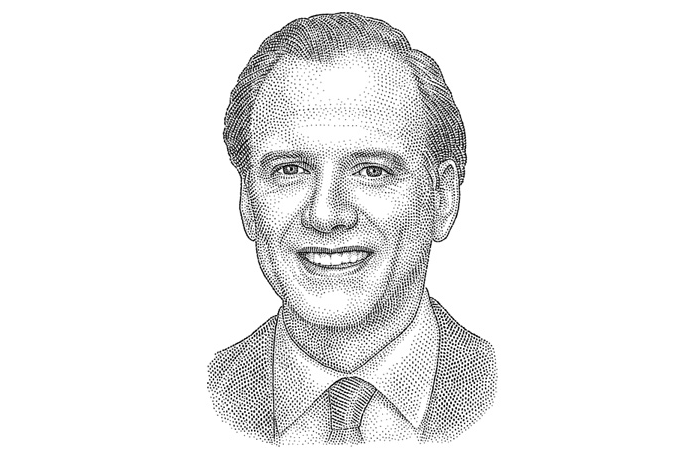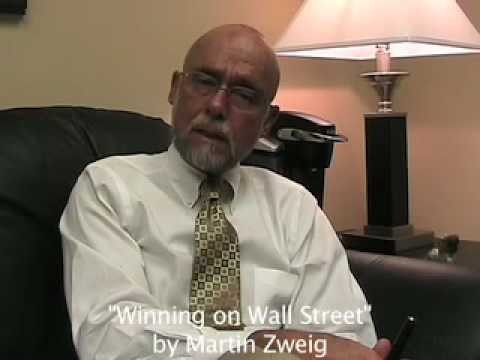What Marty Zweig can teach us now
Post on: 29 Апрель, 2015 No Comment

HowardGold
Maryland Public Television/PBS
Martin Zweig’s appearance on ‘Wall Street Week with Louis Rukeyser’ calling the 1987 crash.
NEW YORK (MarketWatch) — Last week came the sad news that Martin Zweig had died at the absurdly young age of 70.
Many tributes to him (which included an insightful commentary by Mark Hulbert in MarketWatch) recalled his memorable appearance on Wall Street Week with Louis Rukeyser on Fri. Oct. 16, 1987 where he warned of a stock market crash. It happened the following Monday, and Zweig’s reputation as a forecaster was sealed.
Still, that understates his importance. A numbers wizard (he got a PhD in finance from Michigan State), Zweig saw patterns in the market no one else could. His newsletter, The Zweig Forecast, had a stellar track record, according to Hulbert, and he ran a successful hedge fund with his business partner Joseph DiMenna. Zweig, who famously purchased a multistory penthouse apartment in New York City’s Pierre Hotel for a record $21.5 million in 1999, had a net worth estimated in the hundreds of millions of dollars.
Could you unplug for 24 hours?
Are you addicted to technology — constantly checking emails, text messages and posting on social media? Its Your Biz author Susan Solovic has the latest stats on how technology may be making us less productive, and what to do about it.
But he also had a simple philosophy that can help ordinary people navigate even the most treacherous markets. By sticking to it, investors can participate in the upside while limiting downside risk. Many people claim to have done that, but Zweig actually did.
I interviewed him back in the late 1980s as a much-younger reporter at a small, feisty business paper in Miami, where he spent some of his formative years. He didn’t give many interviews (and none I could find recently), but he was gracious and his passion for investing was evident. I recently re-read his first book, “Winning on Wall Street,” originally published in 1986. The many statistics are dated, but the insights are timeless.
Zweig’s nostrums are well known — “Don’t fight the Fed,” “don’t fight the tape” — but they shouldn’t be taken for granted. Used correctly, they’re a recipe for making money and reducing risk.

‘Don’t fight the Fed’
“Monetary conditions exert an enormous influence on stock prices,” he wrote in “Winning on Wall Street.”
“Indeed, the monetary climate—primarily the trend in interest rates and Federal Reserve policy—is the dominant factor in determining the stock market’s major direction.”
“Generally a rising trend in rates is bearish for stocks; a falling trend is bullish,” he continued.














